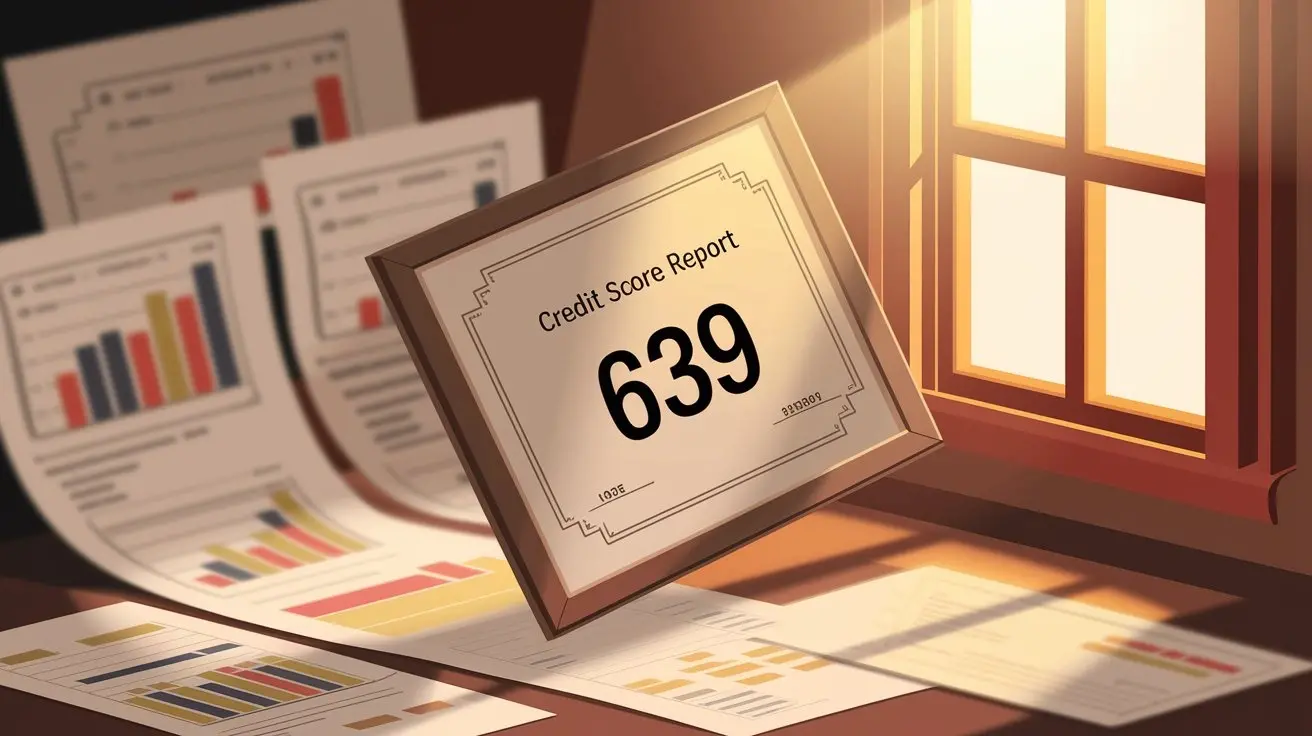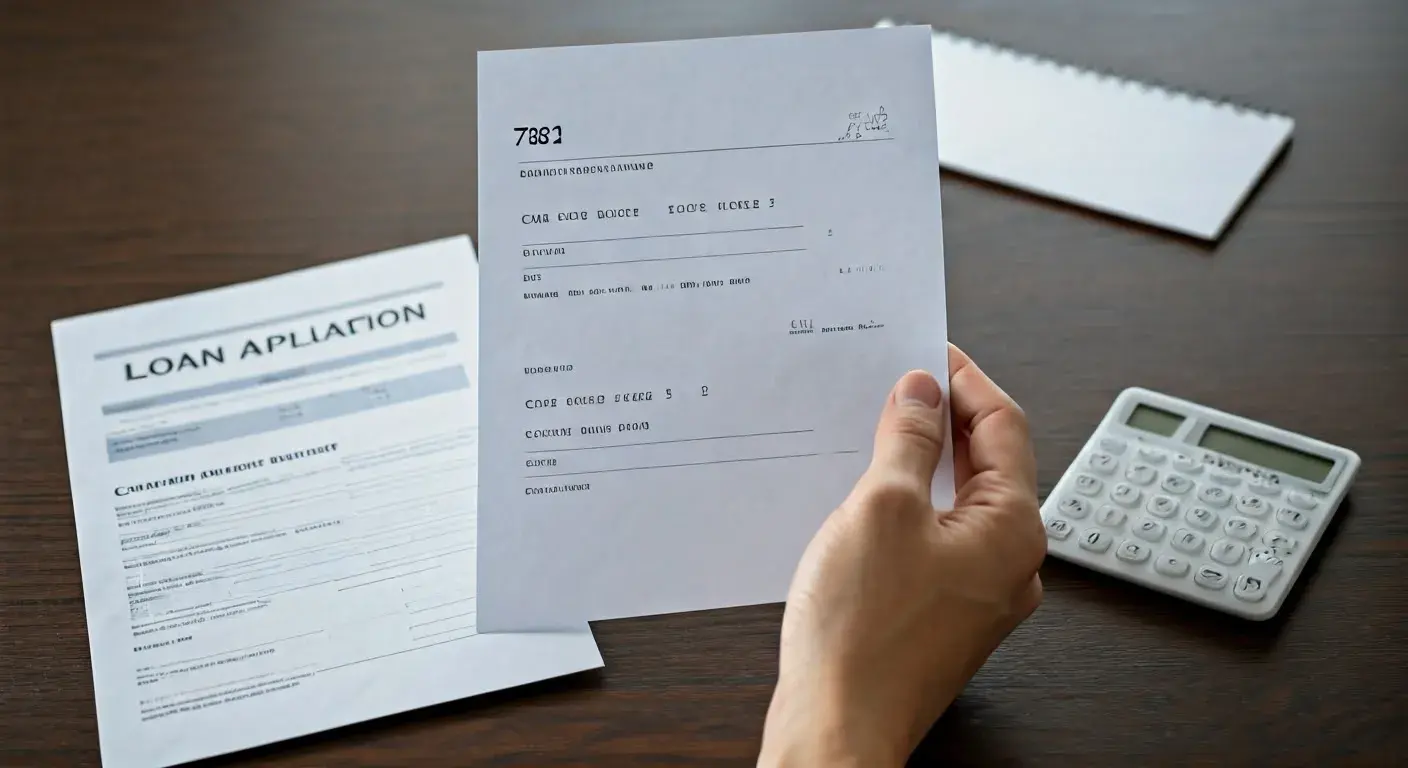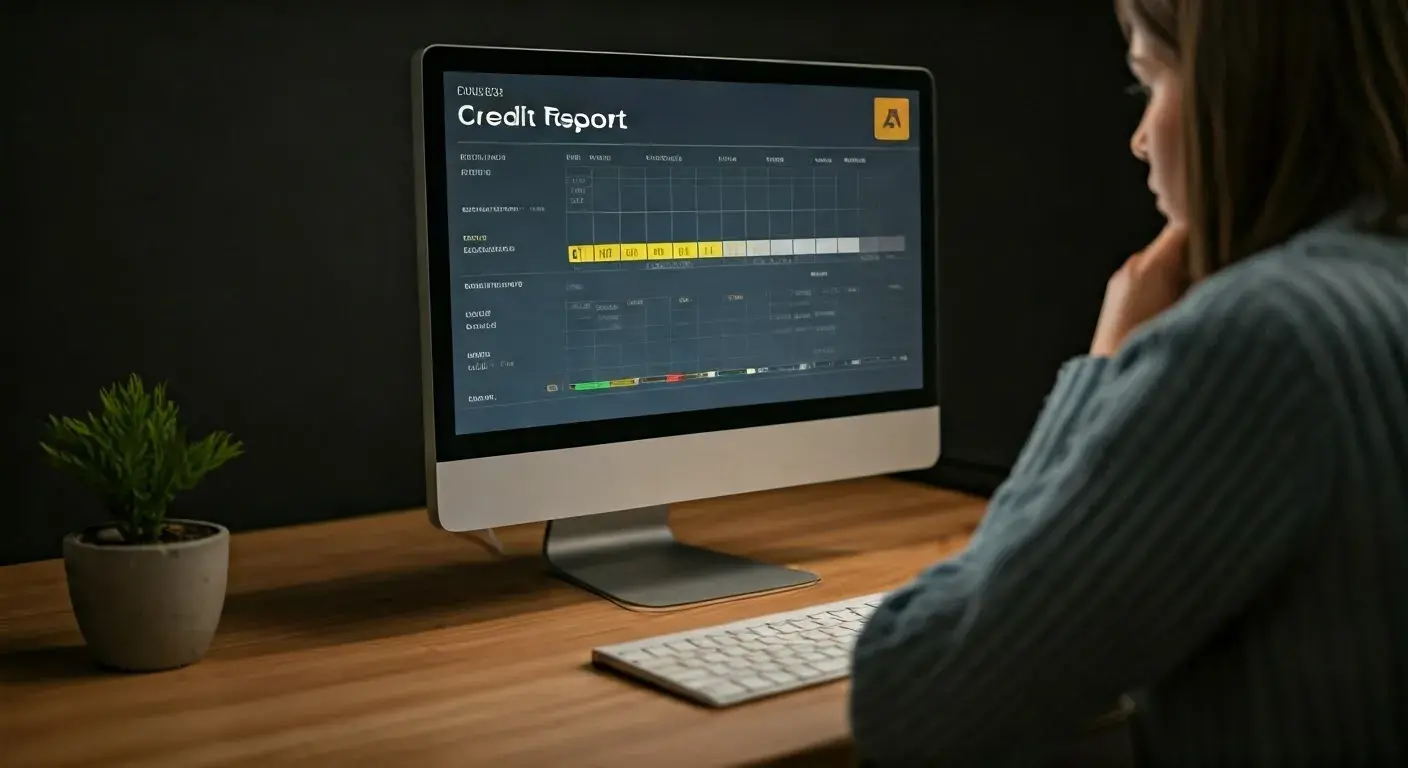-
Posted on: 01 Aug 2024
-
Over the last decade, credit card debt has become a more prevalent issue for many households in the United States. With credit being readily available and consumerism encouraging the use of credit cards today and worrying about the bills tomorrow, it should come as no surprise that the average US household has an outstanding balance on their credit cards of nearly $6000. However, how much credit card debt is too much, or how much is beyond control? At what point should one consider raising the alarm and getting their finances on track?
Understanding High Credit Card Debt
Of course, there is no standard of how much credit card debt can be defined as a lot. ’ There are several ways through which lenders and financial analysts determine whether credit card debts have gone high, about income and expenditure of an individual, or a household. Some common benchmarks include:
- The credit card balances that accrue interest. If you tend to have balances and make interest payments every month, then this means you are living beyond your means.
- They included those people with credit card debts that were above 10% of their gross annual income. High credit utilization is defined as having your total credit card balances exceed 10% of your total household income before taxes by many financial planners.
- Another disadvantage is a high debt-to-income ratio. Banks like your total existing monthly obligations to be less than 36% of your gross monthly income. If credit cards take you above this limit, you are likely to be disqualified when applying for more credit.
- High minimum payments. If your minimum monthly payments on credit cards exceed 10% of your income after taxes, this is a sign that balances are unsustainable.
Even though these standards give direction, any form of credit card debt that causes stress affects one’s ability to save, or hinders him/her from achieving other monetary goals is considered drastic for him/her or her case.
The Disadvantages of High Credit Card Debt
Carrying high credit card balances on a prolonged basis can negatively impact one's finances in various ways: Carrying high credit card balances on a prolonged basis can negatively impact one's finances in various ways:
- High-interest costs. The interest rates on credit cards are extremely high, ranging from 15-25% Annual Percentage Rate (APR). These rates cause balances to grow at a fast pace through compounding.
- Hurt credit scores. A large credit-utilization ratio – when credit balances are close to the credit limit – is damaging to credit scores. Low scores limit your ability to borrow later on.
- Fewer resources for goals. Debt repayments hinder one from achieving other financial goals such as saving for retirement, vacation, and home down payment, among others.
- New-generation workers reported that their stress and anxiety levels had risen. Such debts lead to severe emotional stress, affecting overall health, relationships with people, and life in general.
- Bankruptcy risk. For some, these balances remain consistently high compared to income, and they reach a point where they can no longer sustain themselves and must declare bankruptcy – a long-term detriment to their finances and credit score.
Do You Know How Much Credit Card Debt is Too Much
It is widely advised that credit card balances should not exceed 30% of the clients’ total credit limits as suggested by credit counselors as well as other financial consultants. However, if this debt compromises the ability to save, spend wisely, or maintain financial stability, it is too much for one to handle.
Here are a few signs your credit card debt may have reached alarming levels: Here are a few signs your credit card debt may have reached alarming levels:
- You only pay the bare minimum on your credit card each month
- In the case of an emergency, or when there is no other source of income, you use the credit card to purchase basic needs such as food and bills.
- Your balances have been high for over 3 months without any indication of a decline.
- You borrow money, or you use one credit card to pay for another
- You do not like to review the account statements because it gives you stress.
- You give out fake information to spouses or family members regarding the money that is owed.
- There are phone calls from creditors regarding payments that were not made on time
If any of the following applies, you probably owe more on your credit cards than you should. The following sections describe the constructive approaches to such a situation in the upcoming sections.
Ways Of Reducing High Credit Card Balances
When credit card debt has become too heavy and unwieldy, take the following steps to downsize balances and reclaim control of your finances: When credit card debt has become too heavy and unwieldy, take the following steps to downsize balances and reclaim control of your finances:
Assess the Damage
The first derivative involves summing up balances and interest rates across all credit cards. Record the harm, accept no illusions, and embrace the new mission to improve. It also makes sense to comprehend the basic behaviors that resulted in spending that was out of control. Common drivers include: eating out often, shopping for fun or comfort, and living beyond one’s means.
Make Significant Lifestyle Changes
Excessive card spending often requires reducing expenses in areas that include meals, entertainment, transport, purchase of products, and accommodation, respectively. It is crucial to design a new budget based on your new realities on the financial front. The extra income earned from a second job or through freelancing may help pay off the debt faster.
Halt Further Borrowing
Do not use any credit cards anymore until all the credit card bills are paid. Reduce reliance on credit and credit budget to permit no accumulated credit. Psycho-emotional ties that make it possible to overuse cards must be disintegrated through destruction or put in blocks of ice.
Transfer Balance to Low Rate Cards
That is why balance transfer cards provide 0% APR for 12-18 months. High-rate balances should be transferred to these to reduce interest expenses to drive debt repayment. Transferring balances often entail a one-time 3-5% fee.
Pay off by Availing of a Low-Interest Rate Personal Loan
Debt consolidation products such as personal loans enable one to consolidate different credit card balances into a single lower-rate loan with manageable payments. They assist in avoiding high-interest charges while offering the discipline required to discourage future usage of the card. Loans do involve credit checks and contribute to the formation of hard inquiries on your credit report.
Consult the Non-Profit Credit Counseling Organizations
Some of the recognized non-profit credit counseling organizations include the National Foundation for Credit Counseling, which provides free or inexpensive sessions with professional credit counselors. They assist in assessing budgets and provide information on different payment schedules and ways of handling money depending on a person’s circumstances. Counselors are involved in the practical and emotional aspects of managing and minimizing problematic debts.
Pursue Debt Management Programs
Non-profit credit counselors create individual financial solutions called Debt Management Plans (DMPs) that resolve modifications in interest rates, monthly payments, and terms of paying off credit card balances across the many credit card companies. Counselors negotiate on your behalf, which can save money and stop collection calls. Program enrollment fees are relatively small, ranging from $25 to $40 per month.
Explore Debt Settlement
The debt settlement firms agree on the payments of the credit card balances in a single amount, which is considerably lower than the actual amount. This assists in bringing the rate of indebtedness to an astonishingly low level for people who cannot afford to pay back in full. It is a fact that settlements do often demand lump sum to finally settle the last of the negotiations; and, they often come with equally very high enrollment charges that could be as high as 15-25% of the debts owed. The process also impacts credit scores negatively and may lead to taxation on the forgiven amount.
Debt is known to be a powerful tool that can be used for leveraging the resources of a business and as such, it should be considered as the last resort.
Exempt personal debts: Personal bankruptcy legally discharges qualifying debts such as credit cards through court esp, Chapter 7 or Chapter 13 as per state laws and personal financial situation. Bankruptcy erases creditworthiness for 7-10 years but provides a clean slate in case of excessive card debt that has become unmanageable. This can be best prevented because the implications are severe in terms of finances, employment, and social life.
The Bottom Line
To some extent, this is normal for Americans to incur high credit card balances that they cannot easily repay. However, there is no fixed level at which such debt is immediately considered to be excessive in every respect. Any balances that restrain appropriate saving and spending probably indicate over-usage that necessitates reductions and credit limitations.
If debt repayments take significant proportions of income then people have to rely on fresh loans, it is high time for budget reforms, lifestyle changes, and negotiation with creditors to break the vicious debt cycle. It is wise to seek help from non-profit credit counseling before debts escalate out of control. Sticking to the debt repayment plan while rebuilding up savings is the best way to restoration of financial stability.
Call now for expert credit repair services: (888) 803-7889
Read More:
What is a good FICO score to buy a house?
What is an excellent FICO score?
Can I buy a house with a 765-credit score?
How much house can I afford if I make $80000 a year?
How much do you need to make to afford a $350 000 house?




